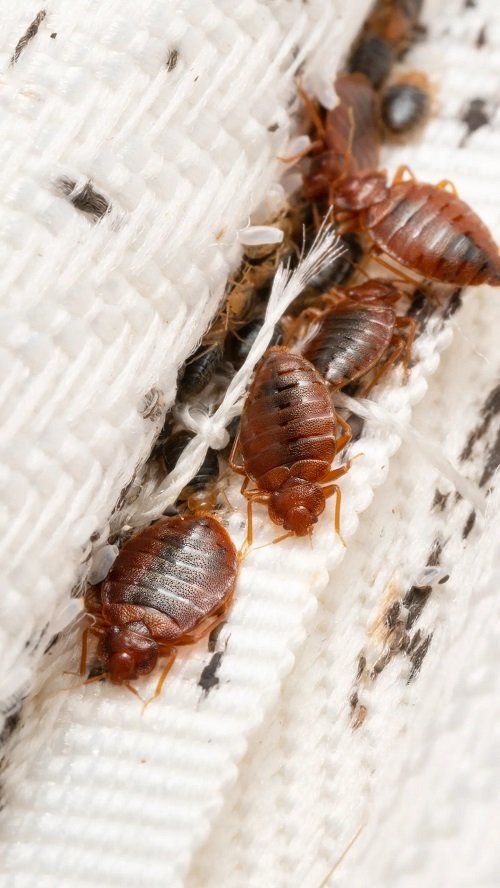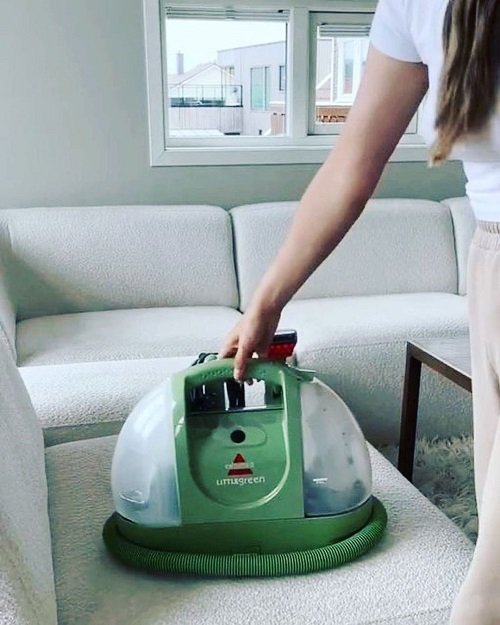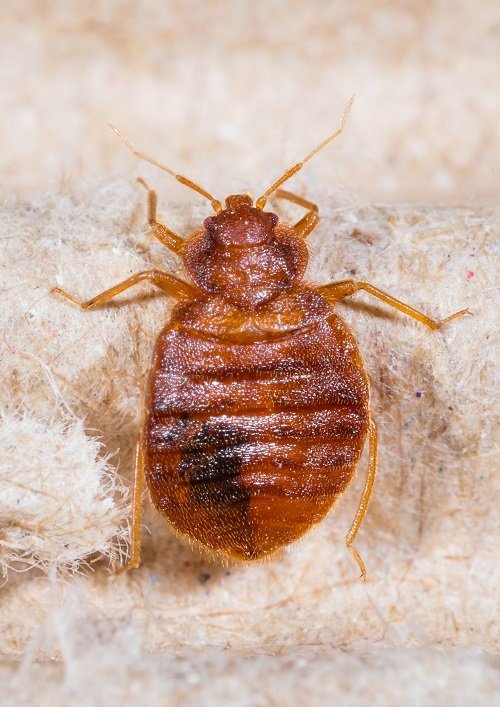
10 Potent Ways to Eliminate Bed Bugs
Unsure about Eliminating Bed Bugs? No Worries! Explore Essential Tips how to prevent these tiny menaces and keep your homes safe.
Facing a Bed Bug problem? Wondering How to Eliminate Bed Bugs? Learn how to deal with a bed bug infestation efficiently and gain control.
What Exactly is a Bed Bug?
Bed bugs, scientifically known as Cimex lectularius. These tiny, reddish-brown insects have a clear mission: to feed on human and animal blood. Their flat, oval bodies make them experts in hiding, taking shelter in cracks by day and emerging to feast at night.
What is the Appearance of Bed Bugs?
Roughly the size of an apple seed, they’re adept at sneaking into homes undetected. Adding to their uniqueness, their minuscule bodies emit a distinct musty scent, a giveaway from scent glands on their forms. This unusual odor often acts as undeniable evidence of their covert existence.
What Lures Bed Bugs into Your Home and Where Do They Reside?

- Attraction Factors:
1. Warmth and Carbon Dioxide: Bedbugs are attracted to the heat and carbon dioxide emitted by humans and animals. When you sleep, you become a prime source of these cues, drawing bedbugs to sleeping areas.
2. Hitchhiking: Bedbugs are skilled hitchhikers. They can latch onto clothing, luggage, and used furniture, finding their way into your home through infested items.
- Preferred Hiding Places:
1. Mattresses and Box Springs: Cracks and seams in mattresses and box springs are ideal hiding spots. Bedbugs can squeeze into these spaces during the day and emerge at night to feed.
2. Headboards and Bed Frames: Bedbugs often reside in crevices and joints of headboards and bed frames, staying in close proximity to their hosts.
3. Furniture: Nearby furniture, such as nightstands and dressers, can also provide hiding places for bedbugs.
4. Wall Cracks and Outlets: Bedbugs can slip into cracks in walls, especially near your bed, and even hide behind electrical outlets.
5. Upholstery and Curtains: Soft furnishings like couches, chairs, and curtains can become hiding spots, particularly if they are close to sleeping areas.
6. Electronics and Clutter: Bedbugs can inhabit electronics or hide in cluttered areas, using them as shelter during the day.
7. Clothing and Belongings: They can find refuge in folded clothing, backpacks, and bags left near sleeping areas.
- Prevention and Control:
To thwart bedbug infestations, consider the following steps:
1. Regularly inspect sleeping and seating areas for signs of bedbugs.
2. Be cautious when acquiring second-hand furniture or items.
3. Use protective mattress covers to make it harder for bedbugs to infest.
4. Maintain cleanliness and minimize clutter to reduce potential hiding spots.
5. Wash and dry clothing and bedding on high heat to kill any potential bedbugs.
6. If infestations occur, consider professional pest control for effective eradication.
7. Understanding what attracts bedbugs and where they hide is essential for preventing infestations and ensuring a peaceful sleep environment.
What do Bed Bugs?
How do Bed Bugs Reproduce?
Female individuals exhibit a remarkable ability. They lay an average of five to seven eggs each week, accumulating to a lifetime total of over 250 eggs when properly nourished.
Approximately 10 days after being laid, the eggs hatch into nymphs, embarking on a journey through five distinct stages of development. Between each stage, they undergo molting, shedding their exoskeletons as they progress toward adulthood. Notably, feeding is intertwined with their growth, as they must feed before each molt. Yet, they can also feed up to once a day.
This transformative process culminates over a span of two to four months, as nymphs mature into adults. This concise yet intricate cycle highlights the captivating nuances of bed bug reproduction.
Are Bed Bugs Difficult to Eliminate?
1. Cleaning and Decluttering






Average Rating